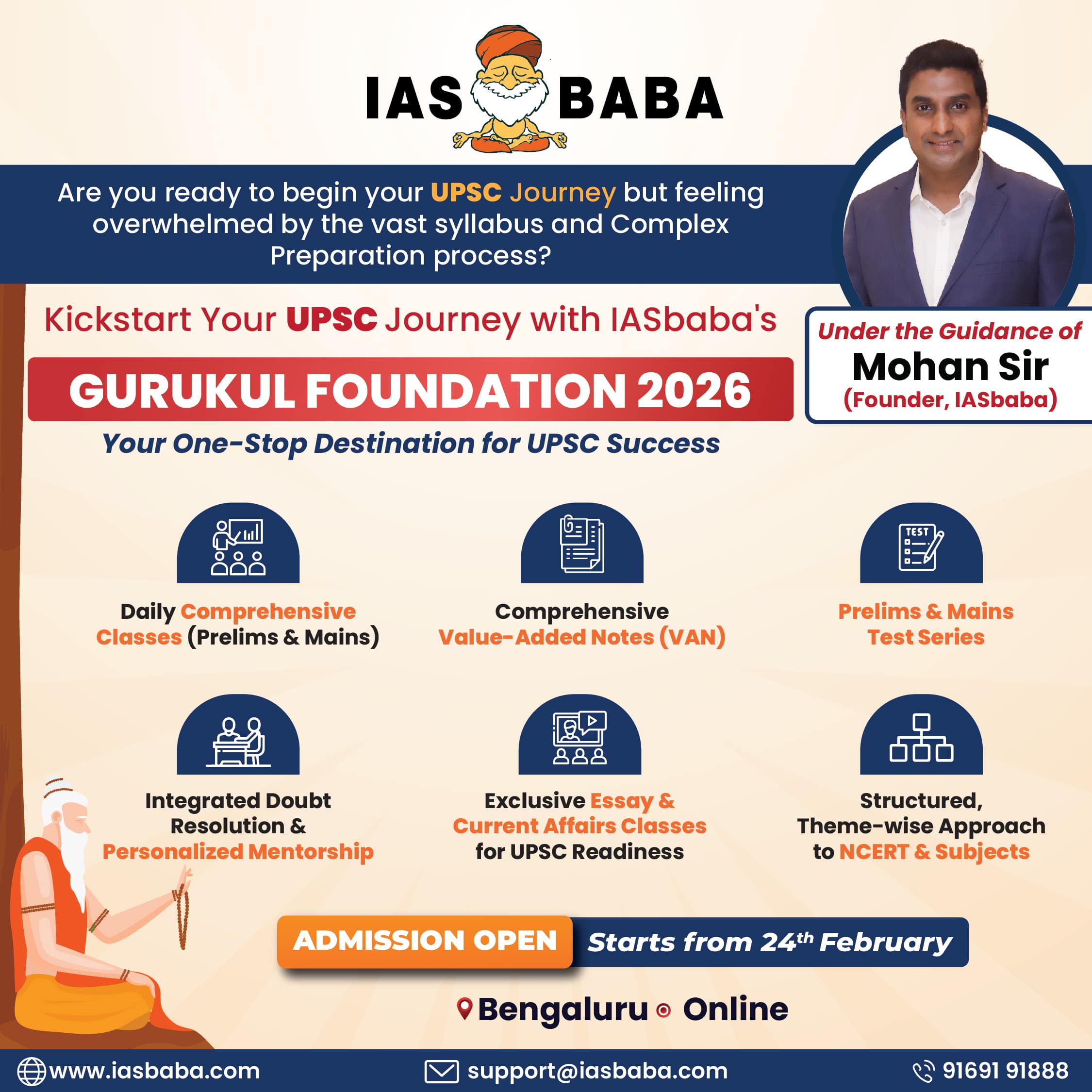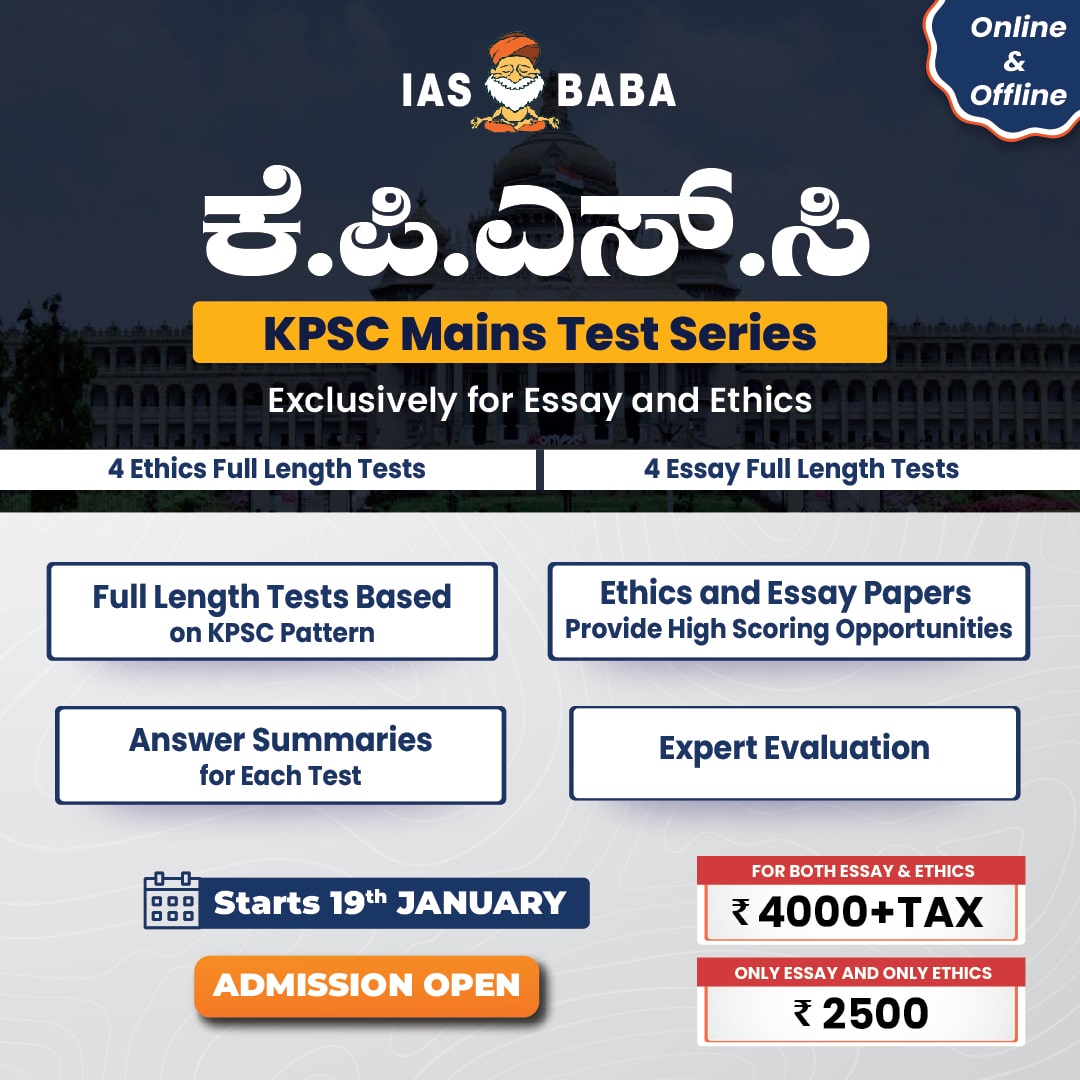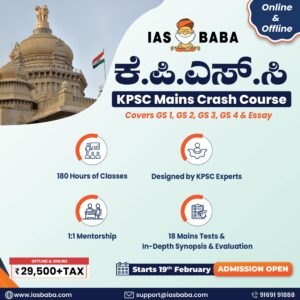IASbaba's Think and Learn-Mains 2015, Think and Learn, Think and Learn-2015, UPSC, UPSC Mains- Think and Learn-2015
Archives-Think and Learn-Mains 2015
Synopsis and Review – Think and Learn [Day 36]
GS 1) Analyse the strategies adopted by the Indian National Congress in the struggle for freedom during 1875 to 1930. (200 Words, 10 Marks)
The Top Answer for this question is written by – Abhishek Reddy
Ans) Indian National Congress underwent three different phases –
Moderate period(1885-1905)
1. Characterised by annual conferences and adopting resolutions as they believed in struggle within the system.
2. Though they understood the exploitative nature of the British, they wanted its reform but not expulsion.
3. Major contribution was revealing the exploitative nature of colonialism through different books released by Dadabhai Naoroji, M G Ranade, R C Dutt etc.
4. Overall uniformity in their objectives and methods of agitation
Extremist Period(1905-1920)
1. Their major leadersincluded Bal Gangadhar Tilak, Lala Lajpat Rai and Bipin Chandra Pal.
2. Drew inspiration from India’s past, invoked the great episodes in the history of Indian people and tried to infuse national pride and self respect among them.
3. Major goal was swaraj and this they tried to secure through any extremist means.
4. Important contribution was their work in the swadeshi movement.
Gandhian period.(1920-1947)
1. Took a centrist position because he alienated neither the moderates nor extremists but tactically combined the goals of moderates with the means of extremists.
2. His major strategy adopted was of struggle-truce-struggle
3. During struggle period he adopted means such as non cooperation movement, civil disobedience movement and finally do or die movement.
4. During the truce stage he invented the constructive activity programme of untouchability , hindu muslim unity, promotion of khadi and village reconstruction to channelize the energies of the people.
GS 2) Briefly explain the philosophy of the Indian Constitution contained in the phrase, “Justice – social, economic and political” as appearing in the Preamble. (200 Words, 10 Marks)
The Top Answer for this question is written by – Adityaka
Ans) The concept of Justice is integral to a democratic polity. It means ‘to each what he is due’.
Political Justice
It means that every person should have equal participation in the political system. Participation may mean contesting for elections as a representative or voting for a representative. In the Indian scenario this transpires into Universal Adult Franchise, reservation of constituencies for SCs and STs, reservation for women. This is mainly because they go under represented
Economic Justice
It means that there is no distinction between people when they try and participate in the economic system. The economic system follows the principles of participatory justice and that every one gets an equal opportunity to participate. To ensure economic justice the state should look at aspects such as equal pay for equal work, minimise inequalities in income, right to adequate means of livelihood. MGNREGA is a direct manifestation of the government’s mandate to promote economic justice
Social Justice
Social justice ensures that there are no social imbalances within the society. Social imbalances are mainly caused when the distributive proceeds from economic participation are not equitable. Social Justice looks to remove such social imbalances. Reservations for the historically underprivileged in the sphere of public employment, reservation in both private and public educational institutions are direct manifestations of this concept
Pandit Jawaharlal Nehru, while incorporating these terms into the preamble, brought out the significance of economic and social justice along with political justice. While the latter ensures a democratic polity the former two ensure a democratic society.
GS 3) Examine the role of digital evidence in unraveling cyber crimes, with suitable examples. Explain how it is recognized in the legal mechanism in India. (200 Words, 10 Marks)
The Top Answer for this question is written by – Aspirant
Ans) Digital evidence or electronic evidence is any probative information which is permisable in any court of law
The characterisitcs of Digital evidence are –
1)They can be easily manipulated, time sensitive
2)They can transcend national borders with speed
Digital Forensics is used to find evidence regarding a crime and decipher electronic information
Digital Evidence have been permisable in many cases of fraud, adultery.
An AP court granted divorce to a women after she was able to prove her husband’s illegal behaviour with help of twitter and facebook updates. A criminal who committed bulgary had updated his sattus on facebook and he could be traced through his IP address. The challenging face of crime and increasing digitisation of world has neccessitated need for taking digital evidence into consideration.
The information technology act 2000 has been enacted to provide legal recognition to transcations carried out in electronic format. The same enactment has also provided changes in indian penal code1861,Indian evidence act 1872, Banker’s book evidence act 1891 and rBI act 1934. Income tax amendment act 1961 was amended thrice and definition of document was amended to include electronic document.
With changing era and new ways of committing crimes.
Digital evidence has certain limitations that they can be tampered easily and it might become difficult to find what information has been changed and hence evidence gained has to be scrutinised properly.














